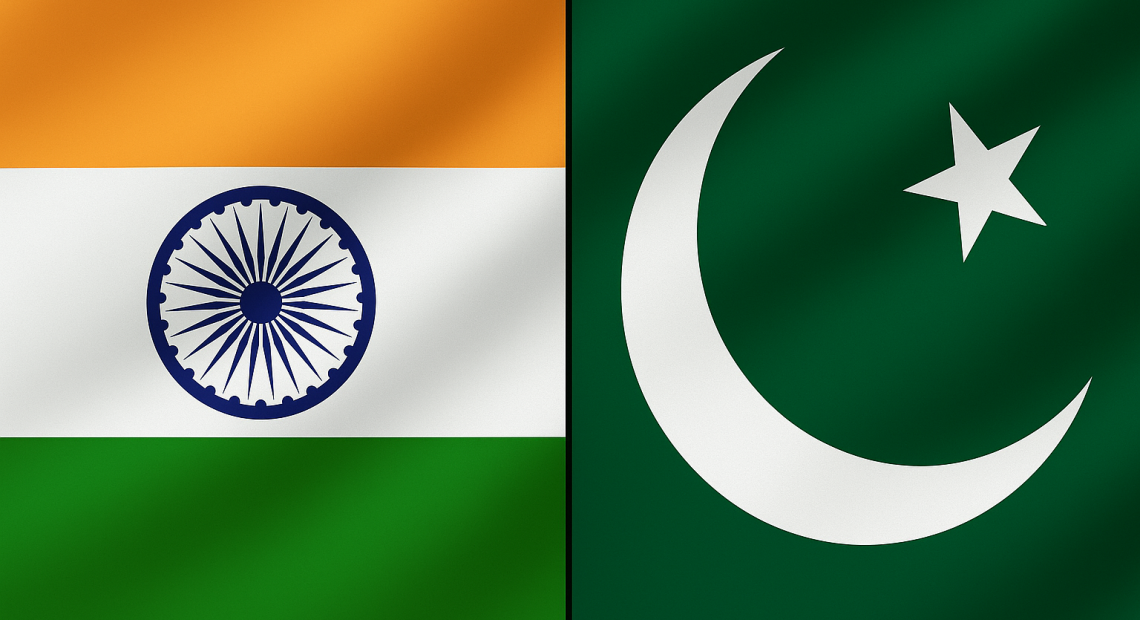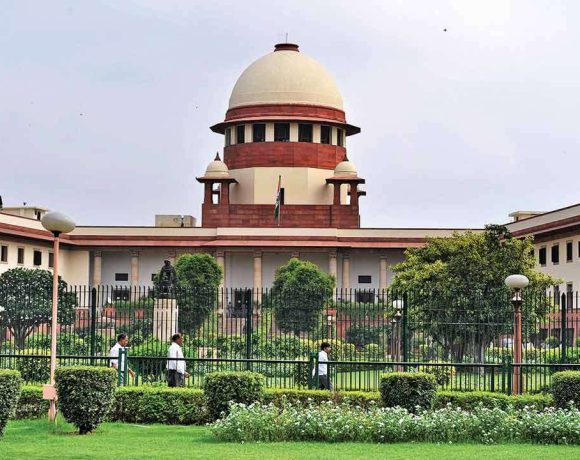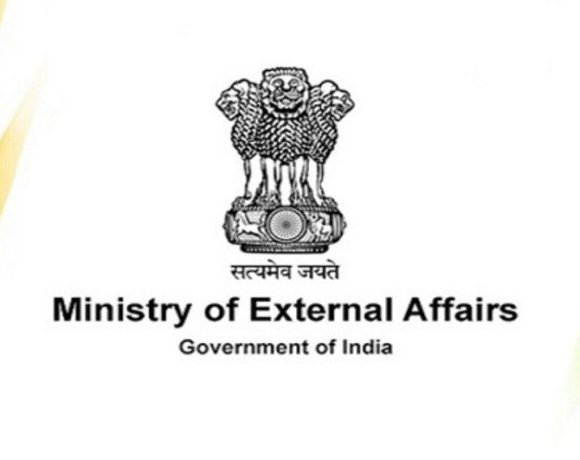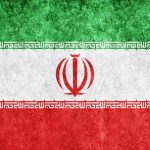
India, Pakistan DGMOs Agree on Ceasefire and Troop Cut
In a significant development towards de-escalating military tensions, the Director Generals of Military Operations (DGMOs) of India and Pakistan held talks on May 12 at 5:00 PM IST. This marks their second official communication since the recent cross-border hostilities. The Indian Army confirmed that the interaction focused on de-escalation measures to prevent any further aggression along the Line of Control (LoC) and the international border.
“Issues related to continuing the commitment that both sides must not fire a single shot or initiate any aggressive and inimical action against each other were discussed. It was also agreed that both sides consider immediate measures to ensure troop reduction from the borders and forward areas.”
This dialogue comes in the aftermath of Operation Sindoor, a precision military campaign launched by India following the April 22 Pahalgam terrorist attack which left 26 civilians dead. The Indian retaliation targeted militant camps in Pakistan and Pakistan-occupied Kashmir. In response, Pakistan initiated Operation Bunyan-un-Marsoos, which involved drone and missile attacks on Indian military bases. The exchange heightened global concerns due to both countries being nuclear powers.
India-Pakistan Ceasefire
The agreement between the DGMOs reflects a mutual intent to prevent further conflict escalation. Both sides have now committed to taking concrete steps toward reducing the number of troops deployed in forward positions. While this is seen as a positive diplomatic gesture, officials clarified that it is not a peace agreement but a strategic pause to reduce the likelihood of miscalculation.
Troop Reduction Along Borders
As part of this understanding, both armies will begin drawing back non-essential forces from key flashpoints. The Indian Army considers this necessary not only to ease tensions but also to maintain strategic preparedness without active hostilities. There is a growing recognition that sustained border skirmishes serve neither side and hinder larger national interests.
Diplomatic Mediation and Future Risks
This breakthrough was made possible by persistent behind-the-scenes diplomatic efforts, especially from the United States, with the involvement of other key players like Saudi Arabia, UAE, and the United Kingdom. U.S. Secretary of State Marco Rubio and Vice President JD Vance are believed to have played crucial roles in pushing for the ceasefire and dialogue.
Prime Minister Narendra Modi, however, maintained a stern warning during his address to the nation: India has merely paused its actions, not ruled them out. He reiterated India’s red line clearly.
“Terror and talks can’t go together.”
While international observers welcome this diplomatic milestone, there is guarded optimism. The path ahead remains uncertain, especially with unresolved issues like cross-border terrorism and the status of Pakistan-administered Kashmir still looming large. The ceasefire and troop reduction are seen as temporary stabilizing measures, not a resolution to long-standing conflicts. For now, they offer much-needed breathing room in an otherwise volatile region.


















